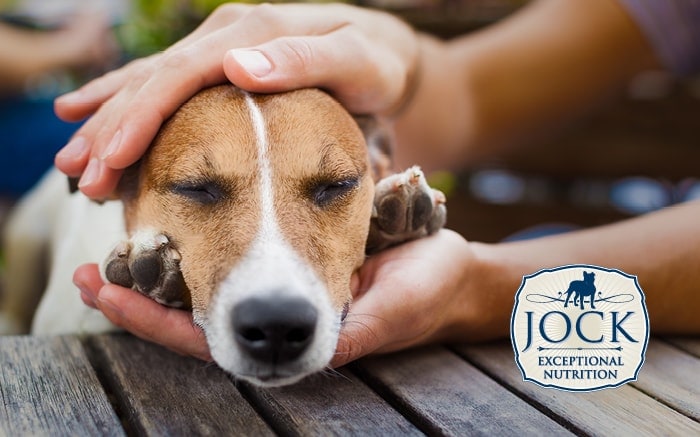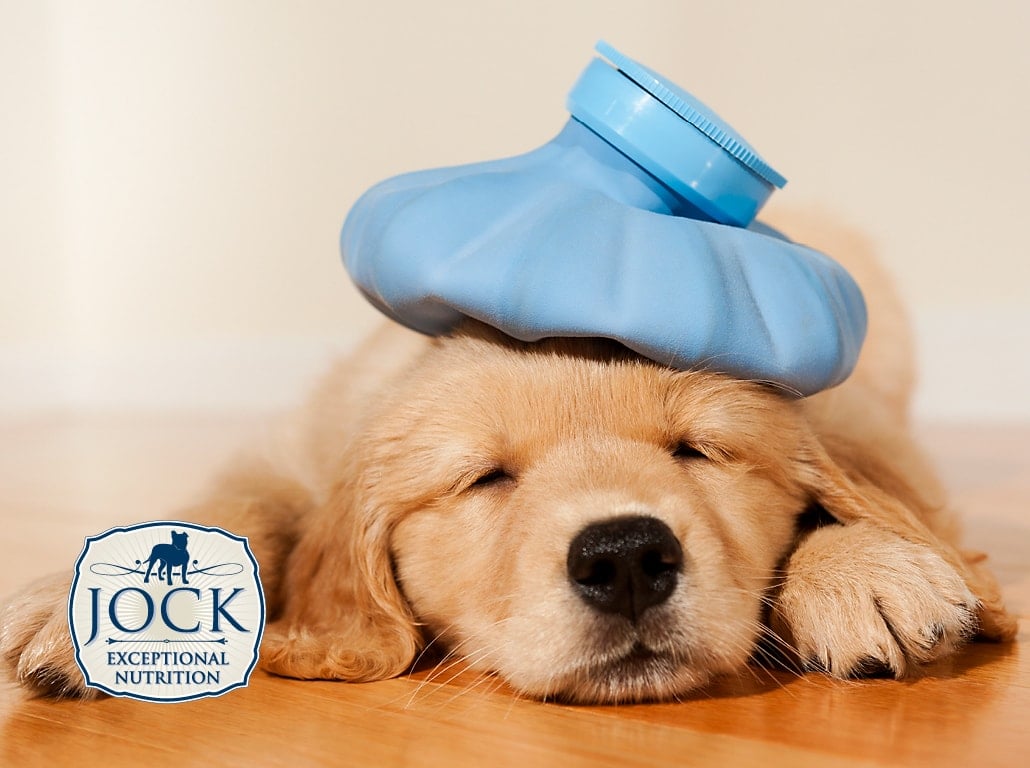Has your pup ever returned from an adventure with scrapes and cuts? Even legends pick up battle scars. With the help of your local vet and a pawsome first aid kit, you can get your hero back on his four paws. Our expert gives us the rundown on what your doggy’s first aid kit should entail.
Prepare your kit so that it is ready-to-go. A good option is to keep a more extensive bag at home and a smaller portable one in the car. Make sure your kit contains the following:
- Vaccination/medical record
- Emergency numbers
- Scissors
- Antibiotic ointment/disinfectant
- Cotton wool
- Towel
- Tweezers
- Bandages
- Surgical tape
- Gauze
- Water
- Food
You can also keep a toy or familiar blanket on hand to comfort your pet during a traumatic ordeal. Speak to your vet about over-the-counter medicines like flea/tick meds, antacids, stomach drugs and sedatives so that you only have vet-approved medication in your bag.
Help! What do I do first?
- Assess the situation – make sure everyone is safe.
- Dogs can act aggressively when they are in pain. Keep your face turned away from your dog, or create a muzzle from the gauze in your kit. Wrap the gauze around your dog’s muzzle, ensuring that it is not too loose.
- It’s always the best idea to phone your vet first. They will be able to assist you on the best course of action.
Help, my pup is bleeding!
- Keep calm and reassure your dog.
- Place a non-adhesive dressing on the wound.
- Cover the injury with cotton wool
- Bandage the wound tightly and fix with tape
- Don’t leave a bandage on for more than 24 hours
- Take your pet to the vet
If you cannot bandage the wound, press a pad firmly on the wound, and take your dog to the nearest vet.
Help, my pup’s bones are broken!
- Don’t apply your own splint! You could do more harm than good.
- Apply a pad for bleeding and take your vet to the nearest vet
- Wrap your pup in a towel or carry larger dogs in makeshift towel stretchers.
The most important thing to remember? Keep your vet and/or an emergency vet’s contact details on your phone or in your wallet. Contacting them is always the first step.
For more information on specific dog injuries and illnesses, read First Aid for Dogs, Part 2.


